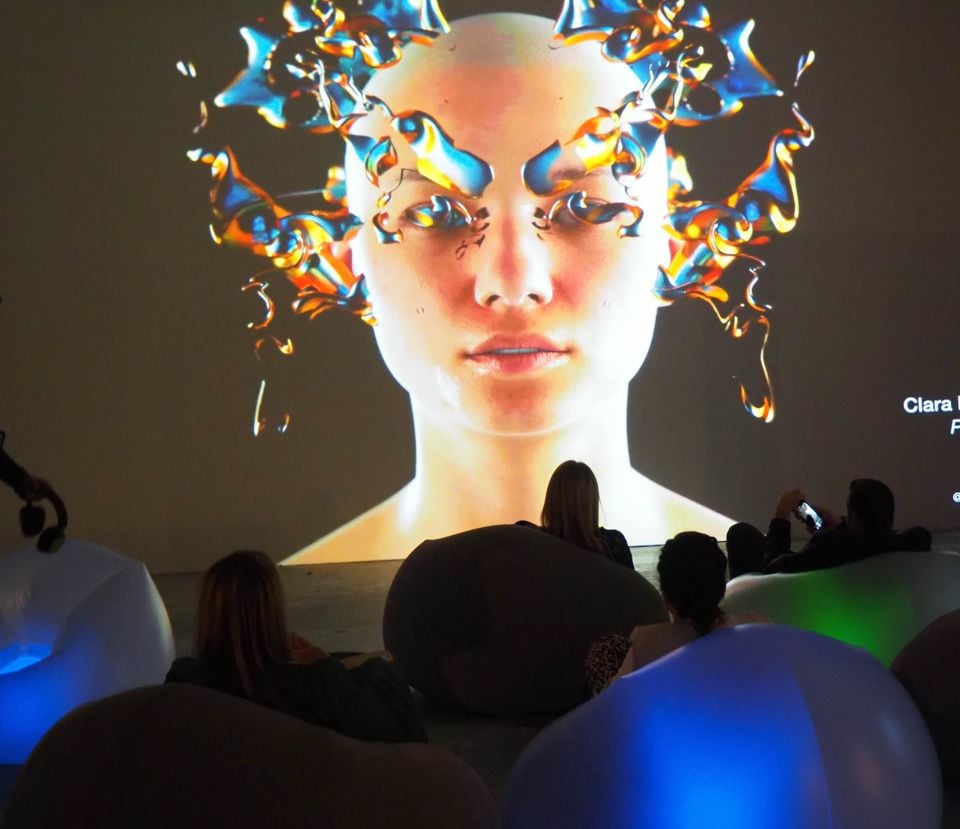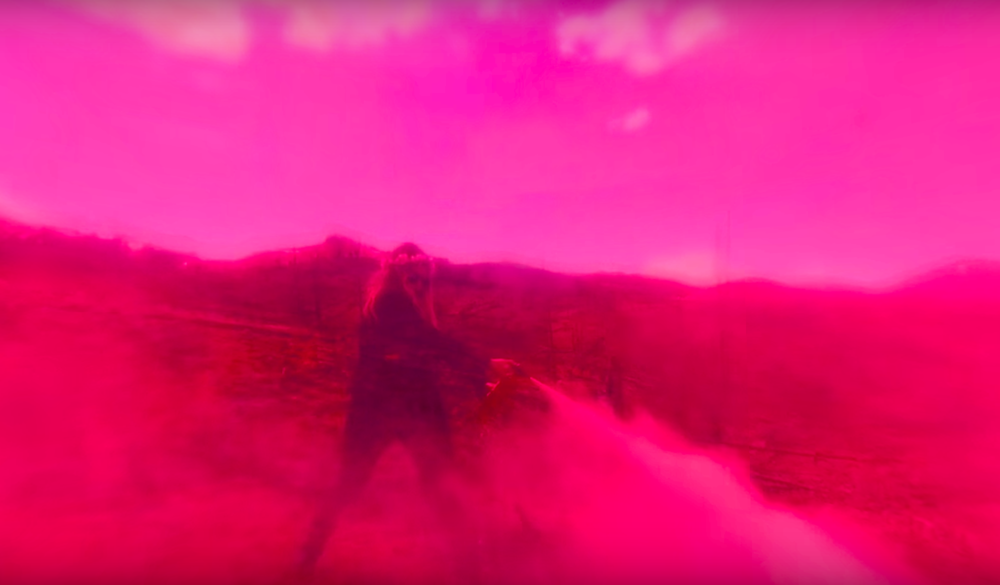Art Fairs
To Strengthen Their Grip on the Moneyed Tech Sector, the Organizers of a Fair Dedicated to Digital Art Are Expanding to Paris
The Contemporary and Digital Art Fair already had editions in New York and Miami last year.

The Contemporary and Digital Art Fair already had editions in New York and Miami last year.

Sarah Cascone

As the art world continues to woo the tech crowd, the fledgling Contemporary and Digital Art Fair has announced plans to launch a Paris edition timed to Vivatech, the largest technology conference in Europe, as it opens in the French capital in June.
The fair will showcase a wide range of media, from video art and stop-motion animation to work that embraces newer technology, such as virtual reality and artificial intelligence, according to the Art Newspaper. Fair organizers launched the event last spring during New York’s Frieze Week, and held a second edition in Miami in December.
Fair founder and CEO Elena Zavelev conceived of the enterprise as a way for digital artists—often stuck behind the computer screen—to get their works offline and in front of potential collectors.
“What struck us most when visiting contemporary art fairs was how easy it was for digital and new-media works to get lost in brightly lit spaces,” she told Artnet News in an email.
“They’re presented alongside works, such as paintings, that are best showcased under strong light. At CADAF, we create an environment where the lighting is dimmed so digital pieces can stand out.”

Emilie Trice, Millennial Pink (2019). Photo courtesy of the Contemporary and Digital Art Fair.
“We strive to show collectors how various digital pieces can be displayed at home and become true collectibles,” she added.
Because many galleries have been slow to embrace digital art, CADAF’s exhibitors will include a large number of independent artists who lack representation. The Paris roster is expected to feature some 50 artists and 15 dealers.
Zavelev is optimistic about the event’s prospects.
“The French government has been heavily supporting tech growth in recent years, which has paved the way for a dynamic crossover between their tech community and the historically respected art world,” she said, noting that CADAF’s partnership with arts and culture media company Beaux Arts & Cie will help increase its reach.
“We definitely see great market potential for digital art,” she said. “The price ranges for many important digital pieces are still much lower than that of equally important works within other mediums.”
The first two CADAF editions saw promising results, but not everyone is ready to embrace this new frontier in art. “Some collectors are still hesitant to go full digital with their acquisitions,” Zavelev said. “Unsurprisingly, digital pieces that have a physical component are the easiest to sell.”

Elena Zavelev. Photo courtesy of the Contemporary and Digital Art Fair.
But she also hopes to grow the conversation around these works regardless of their price tags.
“Beyond the market, the importance of the digital medium in relation to our zeitgeist cannot be underestimated in an art historical context. We approach digital art as the next chapter in art history.”
Fair organizers have also put together an ambitious slate of programming to address the unique challenges that come with collecting digital art, from how to display and preserve such work, to how to ensure a work’s authenticity. To allay the latter concerns, the fair has teamed up in the US with blockchain company Artory and the domain .ART to issue certificates of authenticity for all art sales.
The Contemporary and Digital Art Fair will be on view at La Monnaie de Paris, June 11–14, 2020.